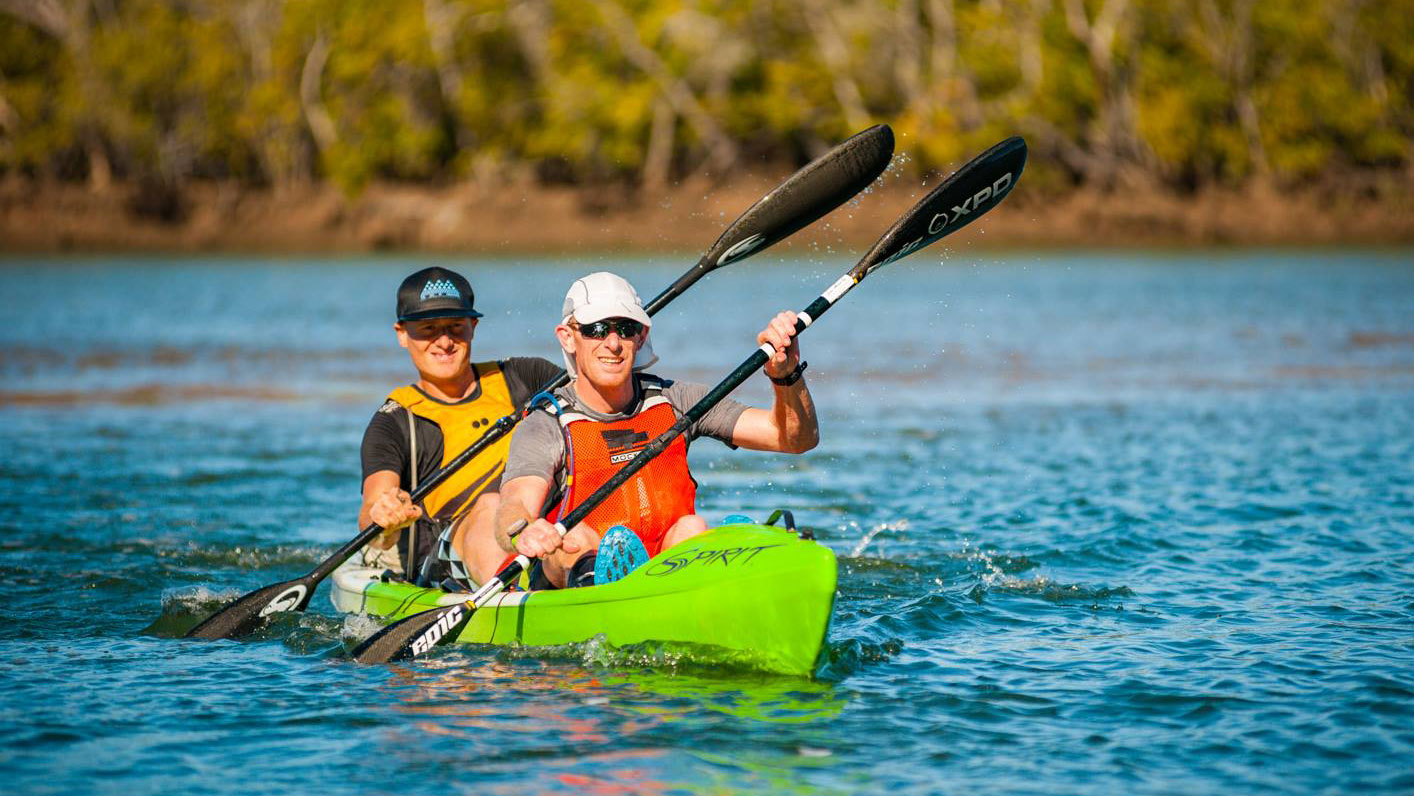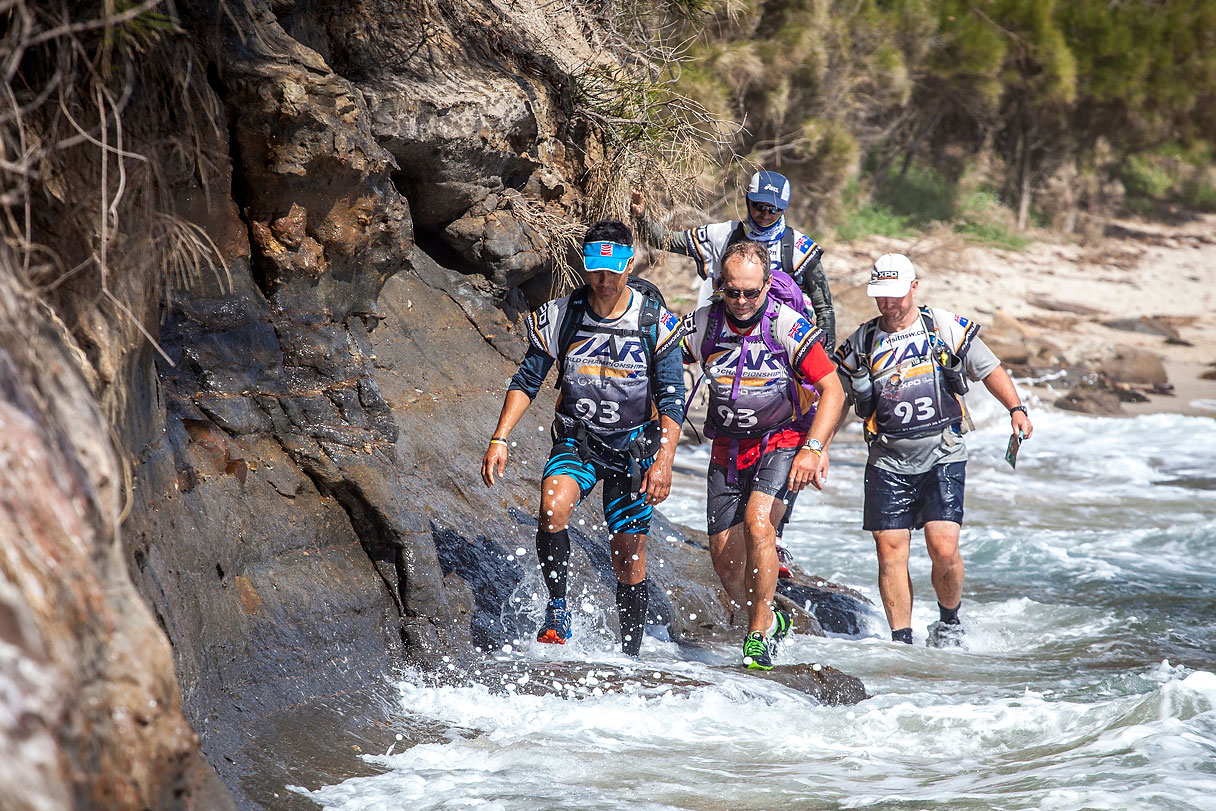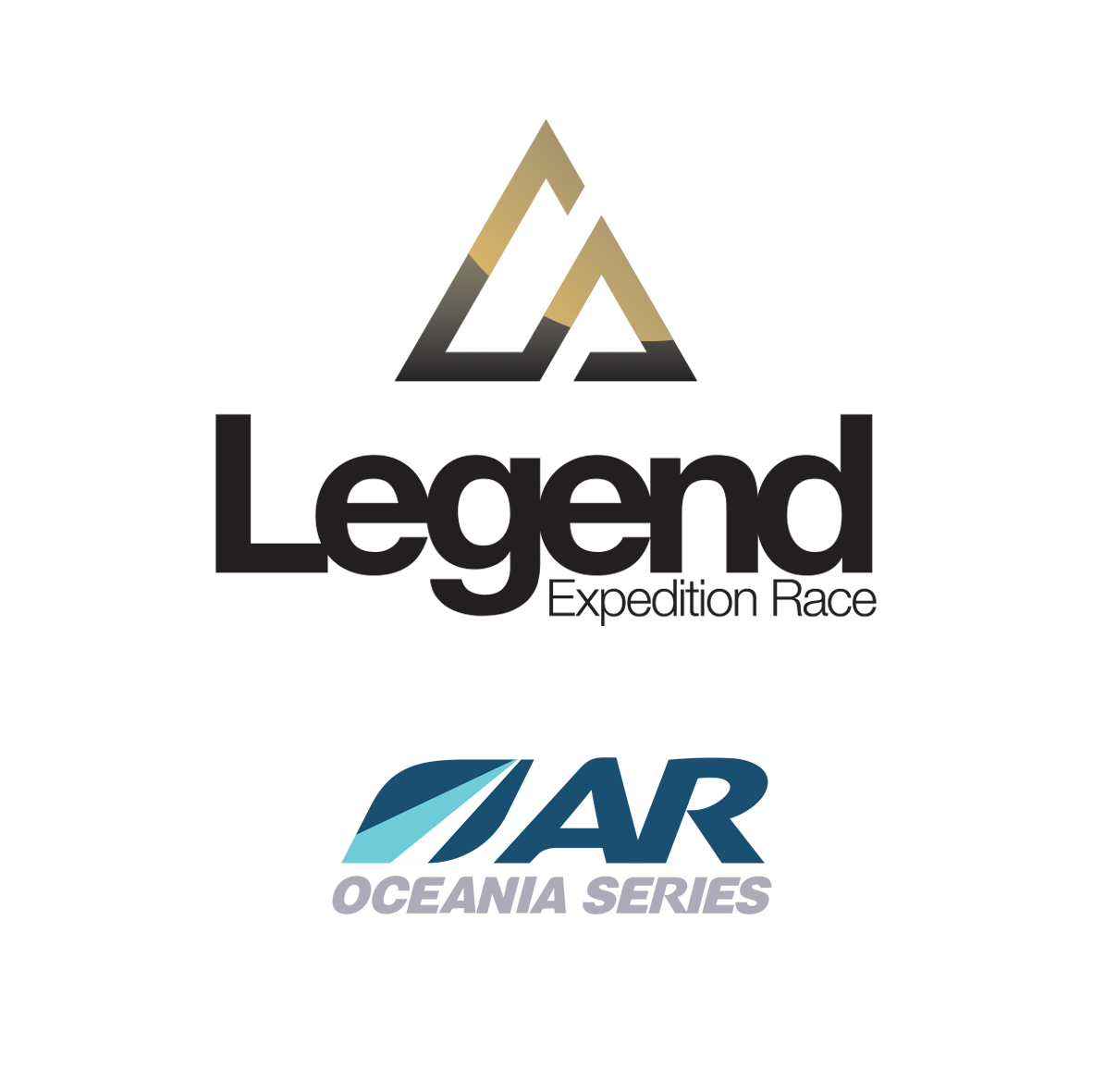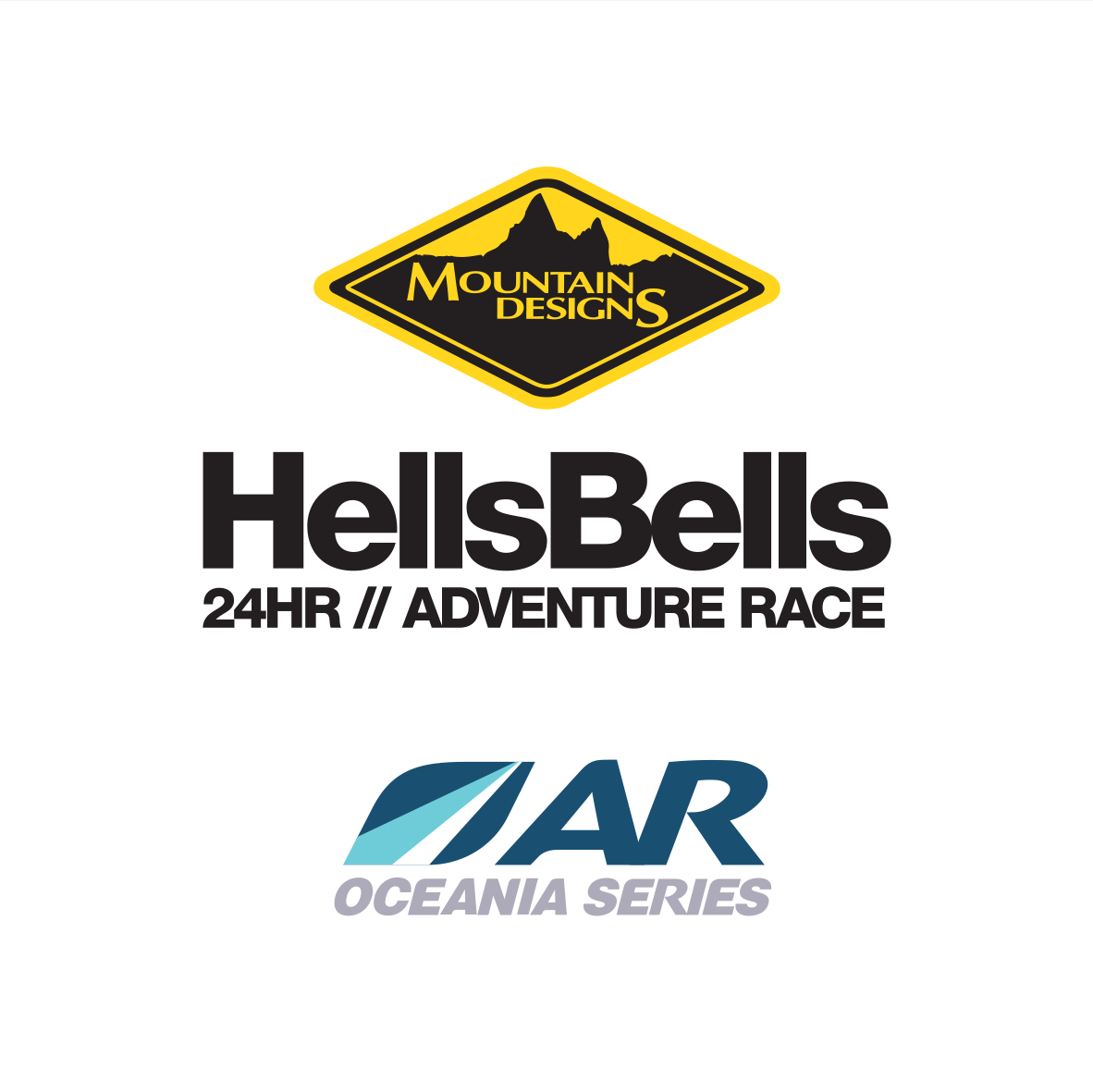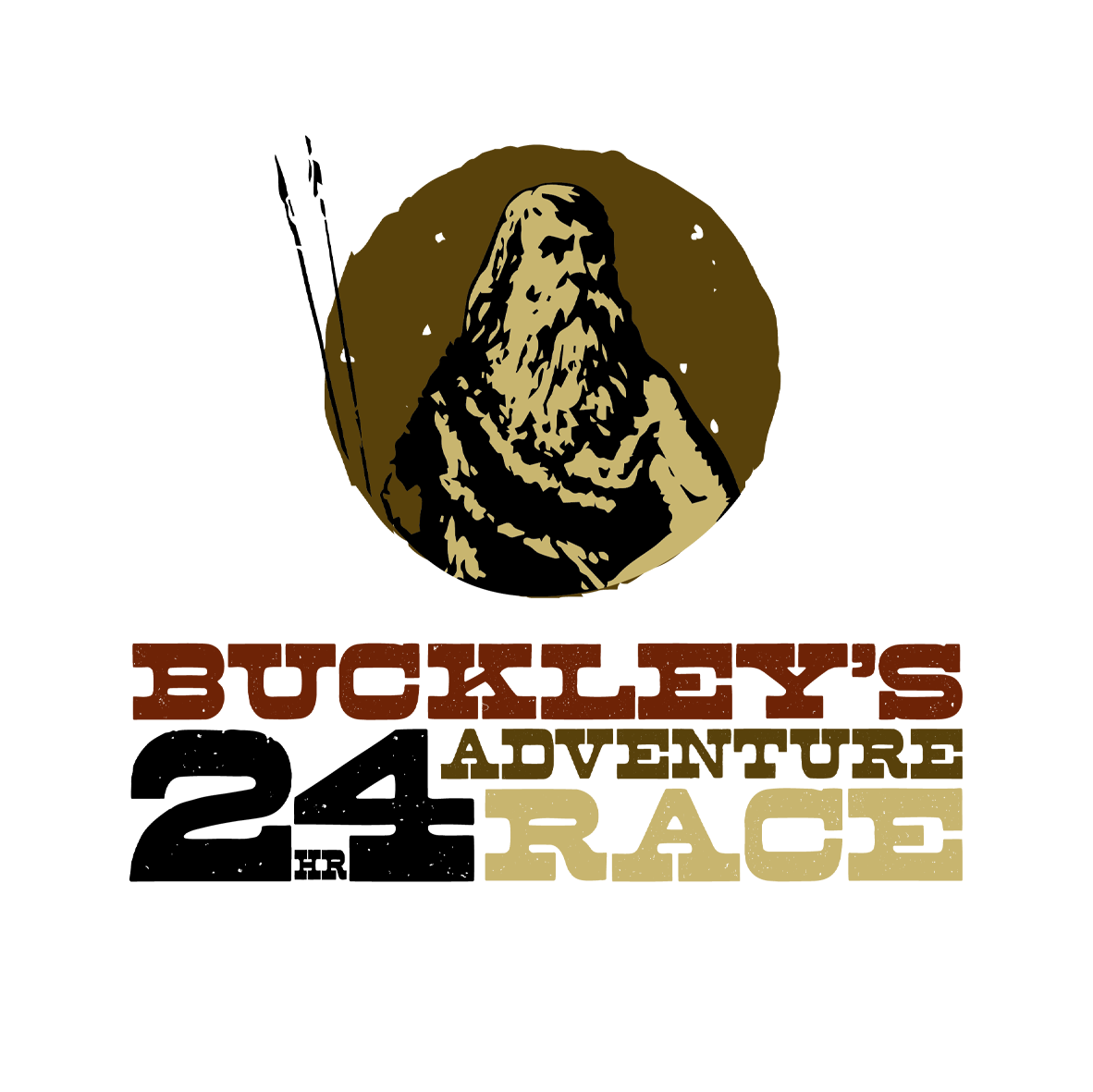Adventure Racing is a multi-disciplinary team sport involving teams of two or four people navigating their way non-stop over an unmarked course using only a map and compass.
Teams arrive at a Honeymoon Bay in Shoalhaven during the ARWS World Championships in 2016.
The core disciplines are trekking, mountain biking and kayaking, but events may also include climbing, abseiling, caving, white water rafting, sailing, horse riding and a range of other adventure disciplines. Courses are generally measured in time rather than distance, from 3 hours to 10 days. Sprint races are between three and six hours in length, middle distance events are 24 hours to 48 hours, expedition races are over 3 days.
Adventure racing is built on teamwork, fitness and adventure and has been described by many as the toughest sport on the planet. That is not to say it is only for the elite, many everyday athletes choose adventure racing because it’s both a physical and mental challenge. And because it takes them to places many people will never have the opportunity of seeing.
How does it work?
An unmarked course is provided to teams a few hours before the event in a course booklet and series of maps. Teams must choose the best route and navigate between ‘Check Points’. Checkpoints are used to guide a teams route. Out of Bounds areas are marked where necessary.
The course is divided into a number of ‘Legs’. For each leg, the discipline (mode of travel) is specified. These disciplines are either trekking, mountain biking or kayaking, or a range of other adventure disciplines. At the end of each leg is a transition area (TA). This is where teams resupply their food and equipment and prepare for the next Leg. No specific provisions are made for sleeping and teams need to have a sleep strategy for longer events.
The members of a team must stay together throughout the course and may be no more than 100m apart at any time. The first team to complete all the legs, collecting all the checkpoints, in the specified order, is the official winner.
In order to ensure team safety, competitors must carry mandatory safety equipment, events over 12 hours in length require teams to carry GPS tracking devices. Mandatory equipment lists and race rules are set globally by the AR World Series.
Sprint Races
Teams of 2. 3 - 6 hours. Single Day.
‘Sprint’ races are between 3 and 6 hour of non-stop racing in the disciplines of trekking, mountain biking and navigation.
Paddling is optional depending on location. These races do not include night time racing and are aimed at mass participation and appealing to beginners and intermediate racers. All event activities occur during one day.
The difficultly level, required skill and required equipment are all low. Team size is two competing in mixed, male and female, masters and youth categories.
24-48 Hour Races
Teams of 2 or 4. 24-48 hours. Multi Day.
Middle distance races are between 24 and 48 hours of non-stop racing in the disciplines of trekking, mountain biking, kayaking and navigation.
Events will also often include climbing, abseiling, caving, white water rafting, sailing, horse riding and a range of other adventure disciplines. These races include night time racing and courses are between 80 and 250kms in distance. Middle distance races are aimed at intermediate athletes, although beginners often take part along side more experienced team members. Event activities occur over a weekend or long weekend including pre-race activities and the event.
The difficultly level, required skill and required equipment are intermediate. Team size is two or four competing in mixed, male and female, masters and youth categories.
Check out Terra Nova 24, Mountain Designs GeoQuest or Mountain Designs Hells Bells in Australia
Expedition Races
Teams of 4. 3-7 days.
Expedition races are the pinnacle of the sport and between 3 and 7 days of non-stop racing.
Disciplines include trekking, mountain biking, kayaking and navigation as well as climbing, abseiling, caving, white water rafting, sailing, horse riding and a range of other adventure disciplines depending on the location. These races are over 450kms in distance and are often in destinations that are exotic and remote. Expedition races are aimed at experienced athletes with international teams often competing. Event activities occur over a week or longer.
The difficultly level, required skill and required equipment is high. Team size is four competing in mixed, male and female, masters and youth categories.
Check out XPD in Australia






